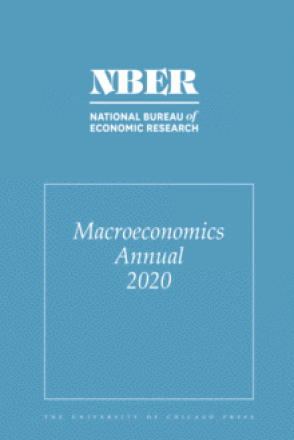The Glass Ceiling and the Paper Floor: Changing Gender Composition of Top Earners since the 1980s

You may be able to download this chapter for free via the Document Object Identifier.
We analyze changes in the gender structure at the top of the earnings distribution in the United States from the early 1980s to the early 2010s using a 10 percent representative sample of individual earnings histories from the US Social Security Administration. The panel nature of the dataset allows us to investigate the dynamics of earnings at the top, and to consider definitions of top earners based on long-run averages of earnings, ranging from five years to thirty years. We find that, despite making large inroads, women still constitute a small proportion of the top percentile groups—the glass ceiling, albeit a thinner one, remains. In the early 1980s, there were 29 men for every woman in the top 1 percent of the five-year average earnings distribution. By the late 2000s, this ratio had fallen to 5. We measure the contribution of changes in labor force participation, changes in the persistence of top earnings, and changes in industry and age composition, to the change in the gender composition of top earners. We find that the bulk of the rise is accounted for by the mending of the paper floor—the phenomenon whereby female top earners were much more likely than male top earners to drop out of the top percentiles. We also provide new evidence on the top of the earnings distribution for both genders: the changing industry composition of top earners, the relative transitory status of top earners, the emergence of top earnings gender gaps over the life cycle, and the lifecycle patterns and gender differences for lifetime top earners.
-
-
Copy CitationFatih Guvenen, Greg Kaplan, and Jae Song, NBER Macroeconomics Annual 2020, volume 35 (University of Chicago Press, 2020), chap. 5, https://www.nber.org/books-and-chapters/nber-macroeconomics-annual-2020-volume-35/glass-ceiling-and-paper-floor-changing-gender-composition-top-earners-1980s.Download Citation
-


